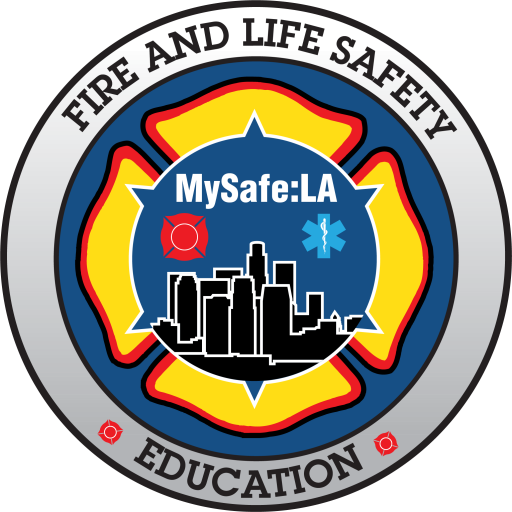What Is Community Risk Reduction?
What's in a name?
A name can mean multiple things to different people. We try to make things as easily understandable as possible, so some definition here may be helpful.
If someone says, my name is “Nancy.” We know that’s a name.
If you call your pet dog, Rosco – “Rosco! Come!” We know that’s a name.
So, what on earth does Community Risk Reduction mean?
It’s not as easy to explain as a person’s name, but once you get the big picture, the rest of it will start to make sense. MySafe:Riverside’s mission is to help create more resilient communities within the County of Riverside. How that is done is where the name becomes relevant – and one you can use to describe creating a safer community.
Essentially, Community Risk Reduction – or CRR – is about the process of creating a safer community.
Not a "smoke alarm" program
In the early days of CRR evolution, smoke alarm installation programs, such as the “Sound the Alarm” program of the American Red Cross, or the “FireSmart” program of our parent organization (The Safe Community Project) were referred to as CRR efforts.
Community risk reduction is a process – not a thing. How it’s implemented can create an important impact on a community and if pursued with focus and vigor can create a more resilient and safer environment for people – both at work and at home.
In reality, CRR is becoming a standard across the U.S., notably within fire departments that implement what is called, “standards of cover.” Part of getting that certification is to operate a CRR Unit (at the very least).
Multiple fire departments within Riverside County not only have developed standards of cover, but they have achieved notably accreditation for their agencies. To achieve this, they must demonstrate an understanding of what CRR is all about.
MySafe:Riverside utilizing CRR as a function of our overall operations. This begins by conducting some research into various risks that may exist. One example is wildfire – there are approximately 700,000 homes at risk from wildfire in Riverside County – the highest number in the nation. Of those, approximately 120,000 are at significant risk from wildfire.
Taking that data, applying it to maps that clearly show where those homes are, what conditions exist that create the risk, and how those risks may be mitigated is the next step in the process.
Once we know where the issues related to wildfire exist, the next step is to communicate with the residents in those areas – to teach them about the risk, the steps they can take to reduce the risk, and how to behave in the event a wildfire does impact their neighborhood.
Tracking that education – and overlaying it on top of real world data for actual wildfires is the important result of the research, evaluation, and outreach to the community. MySafe:Riverside counts everything – and the metrics related to wildfires and resilience are a core function of our operations. The combination of this entire process is what defines Community Risk Reduction.
The MySafe:Riverside Approach
Looking beyond the example of wildfire, MySafe:Riverside looks at each neighborhood, each museum, each corporation, each school as a community. Our teams understand how to take all of the issues related to resilience and to break them down into meaningful and usable steps that allow those “communities” to be better prepared for a disaster.

- We create risk reduction initiatives related to wildfires
- We develop emergency operations plans for museums, libraries, and corporations.
- We create public safety fairs, where we teach CPR, bleeding control, and scene safety.
- We teach high school students (and the public) hands-only CPR.
- We teach elementary school students about fire safety and earthquake survival.
- We create “Disaster Decathlons” for older adult and apartment/home communities.
- Can we help your community to be more resilient? Call us. It’s our job.

